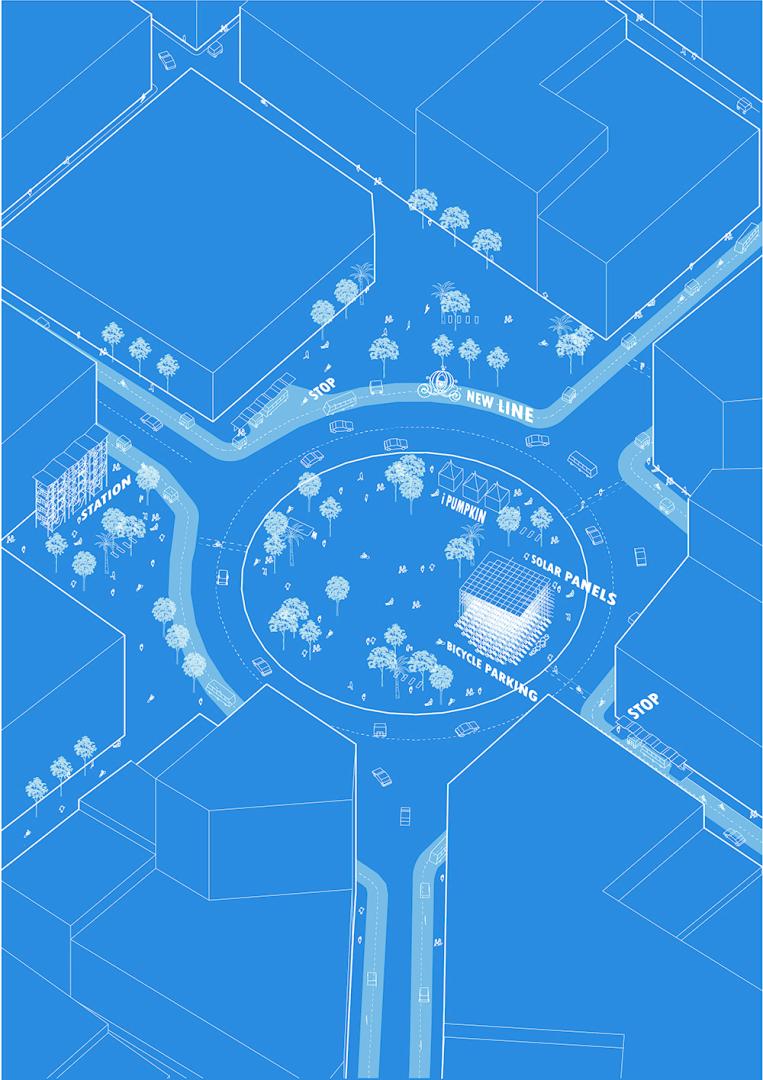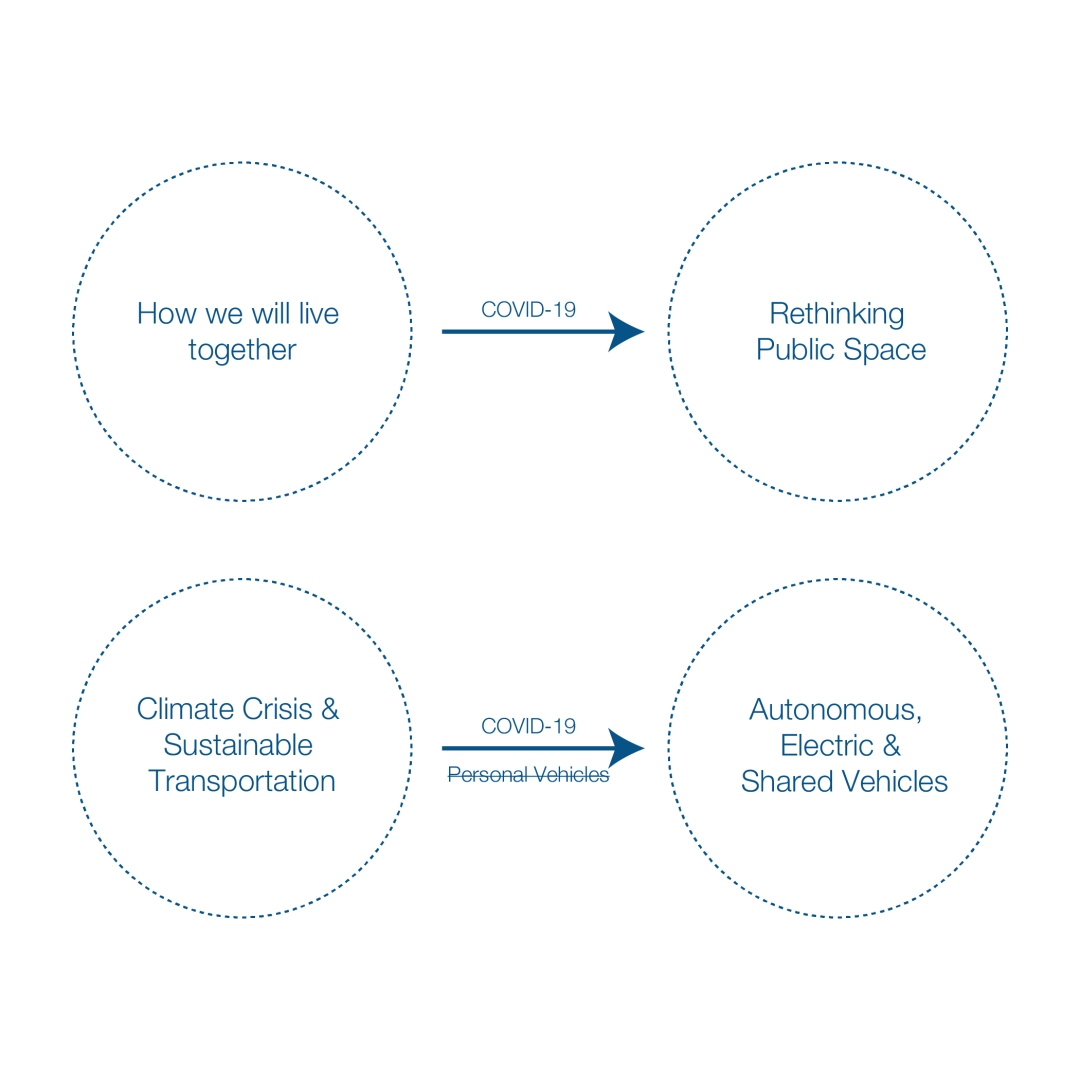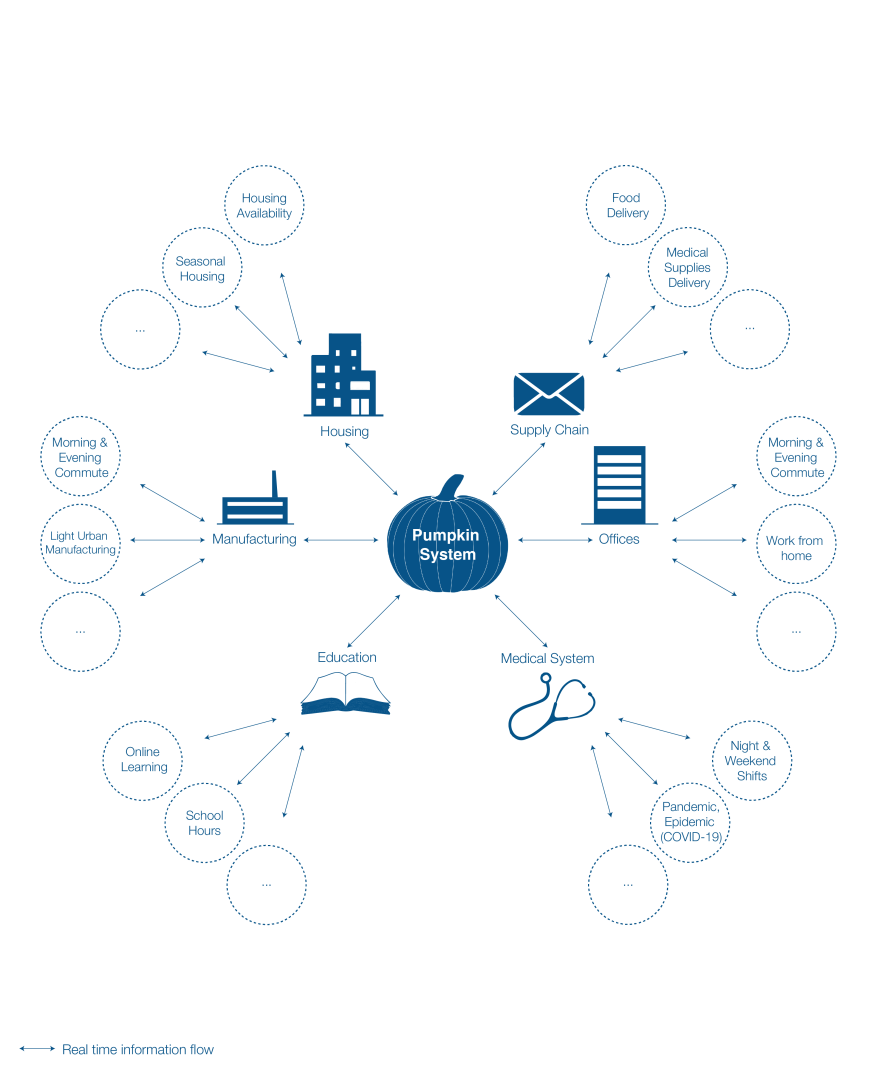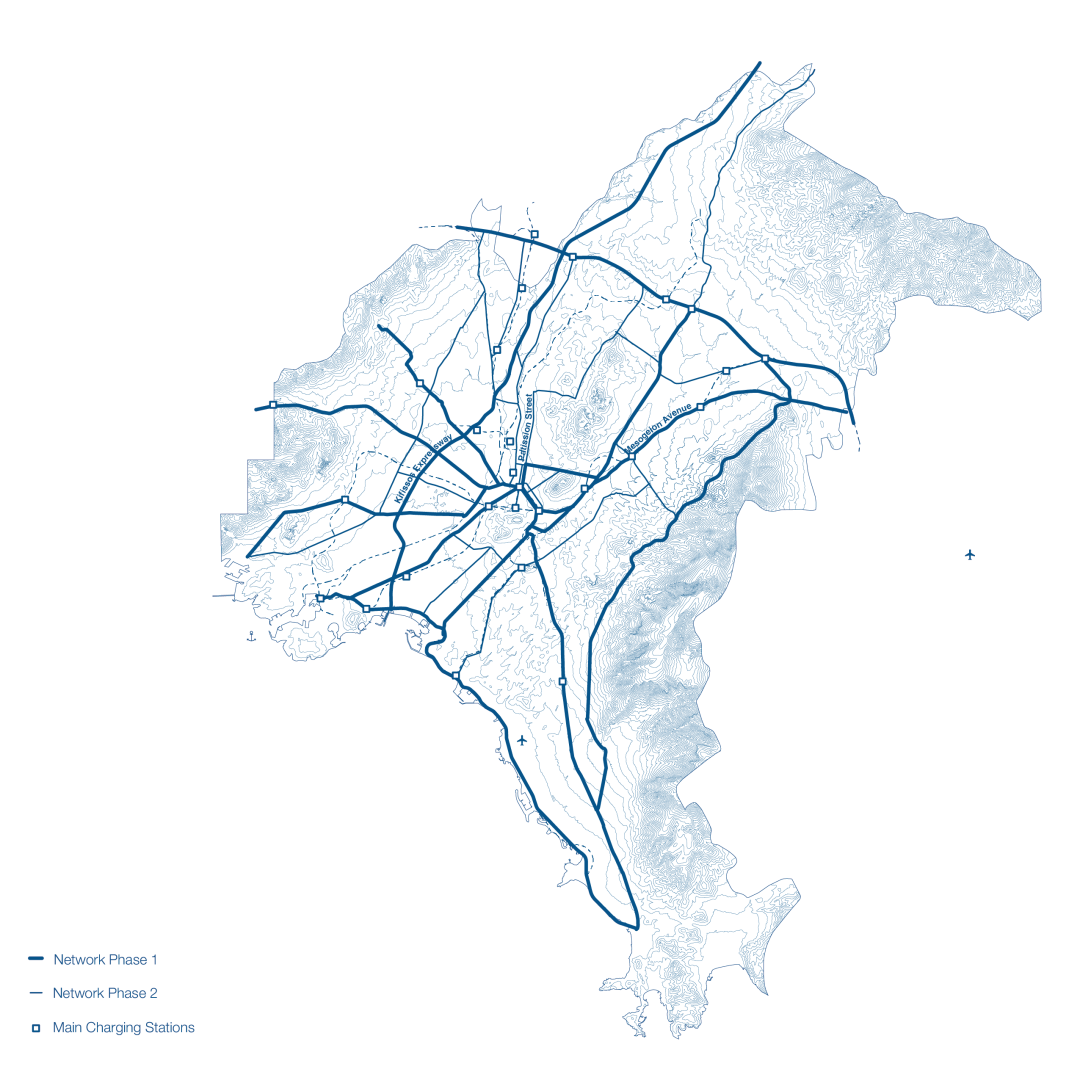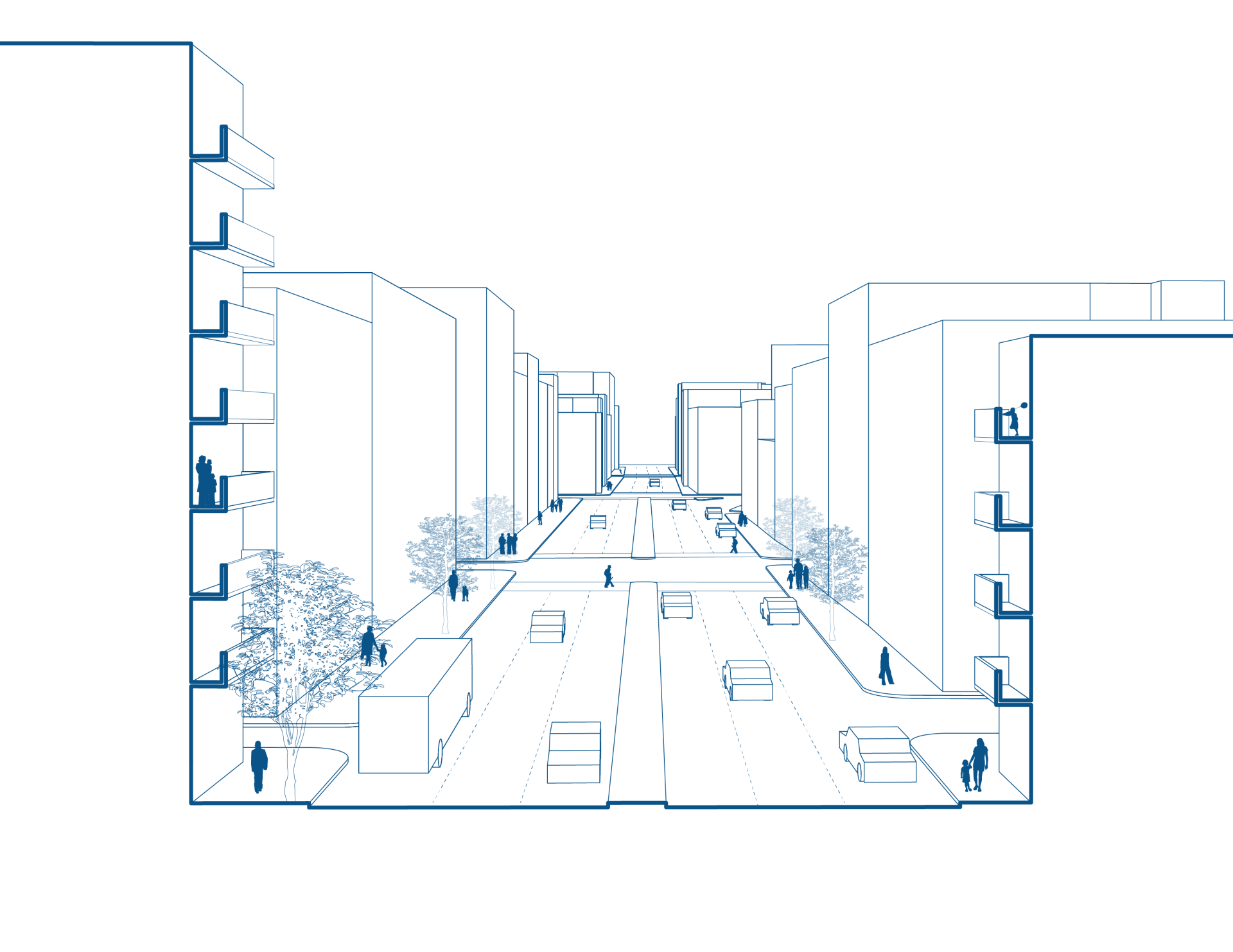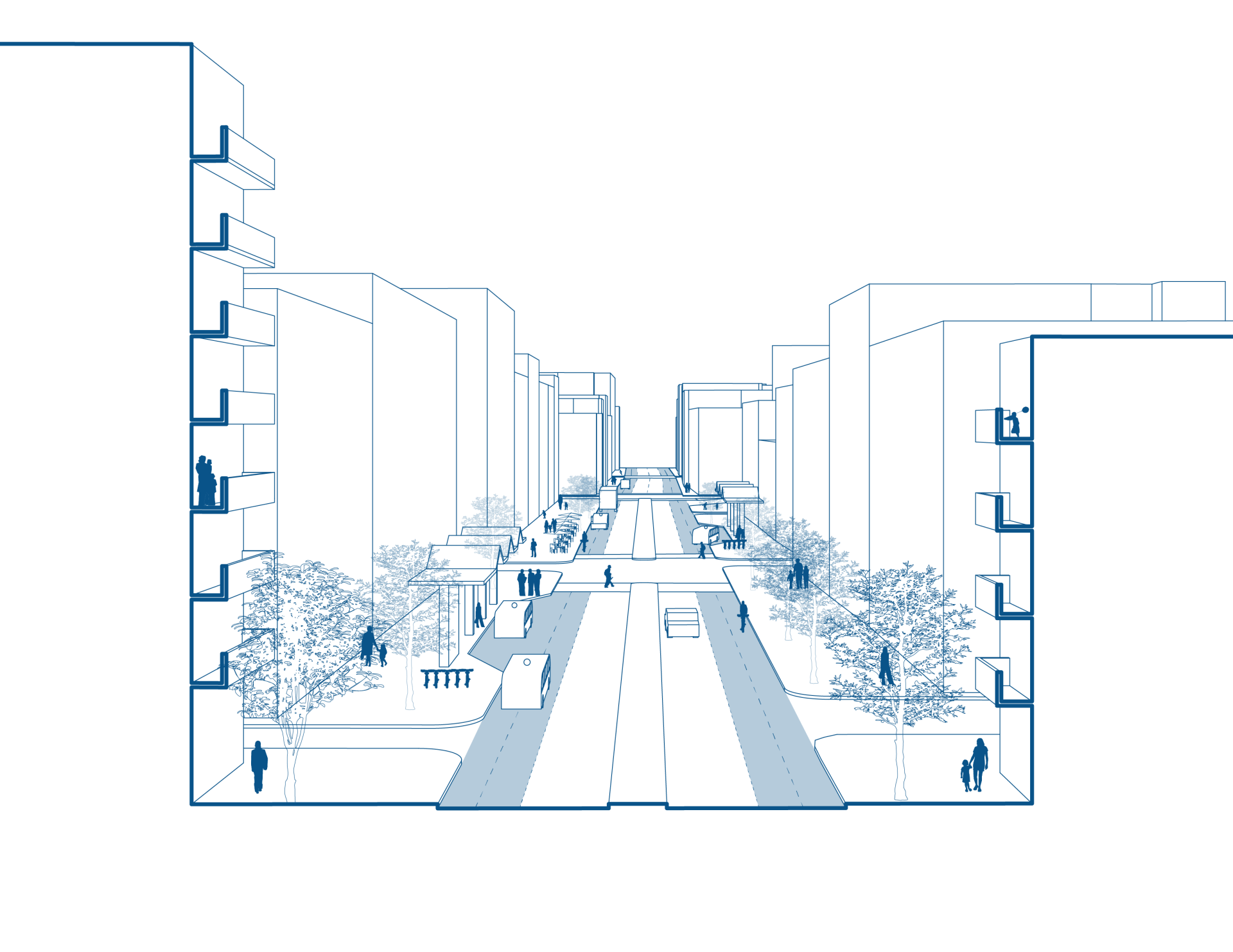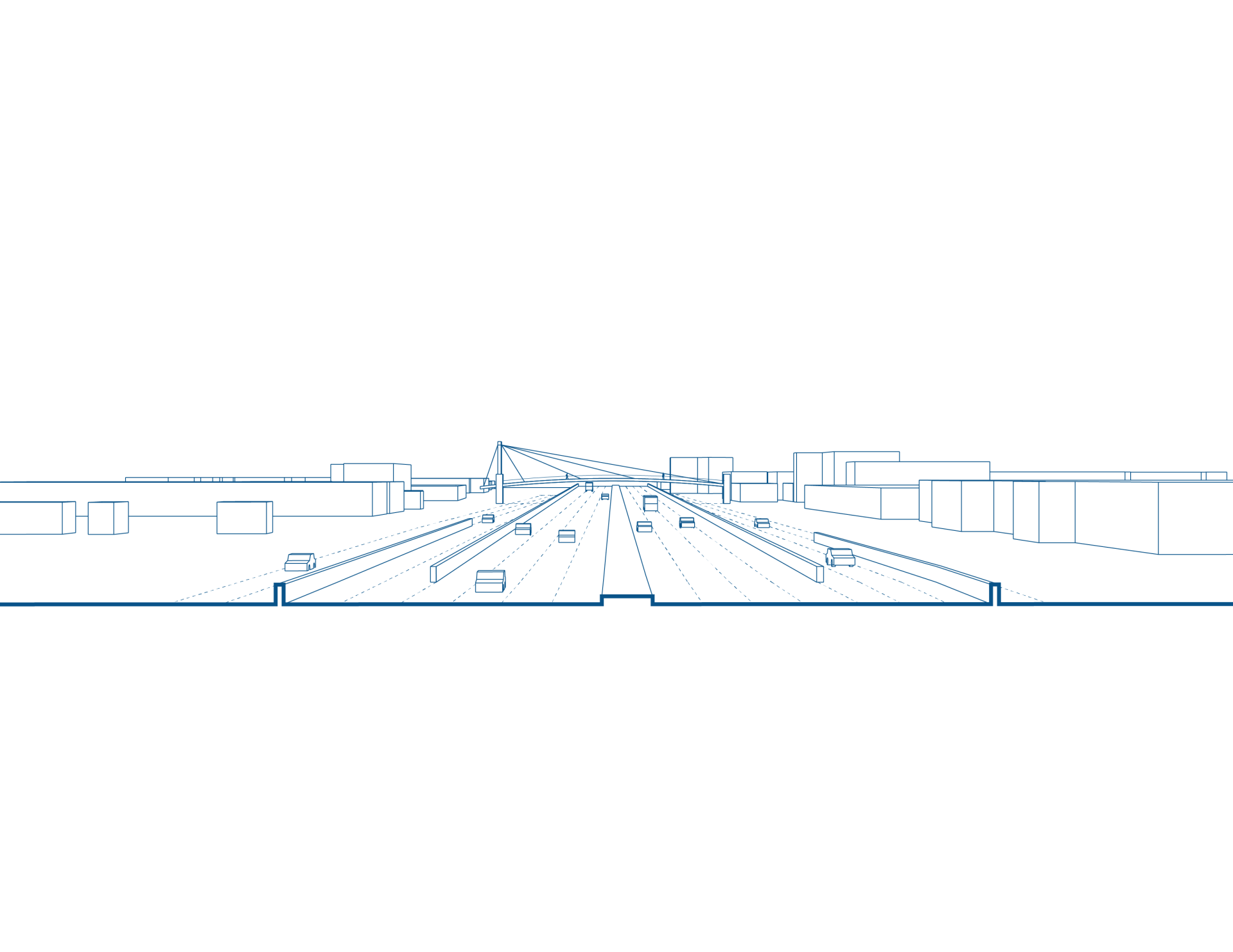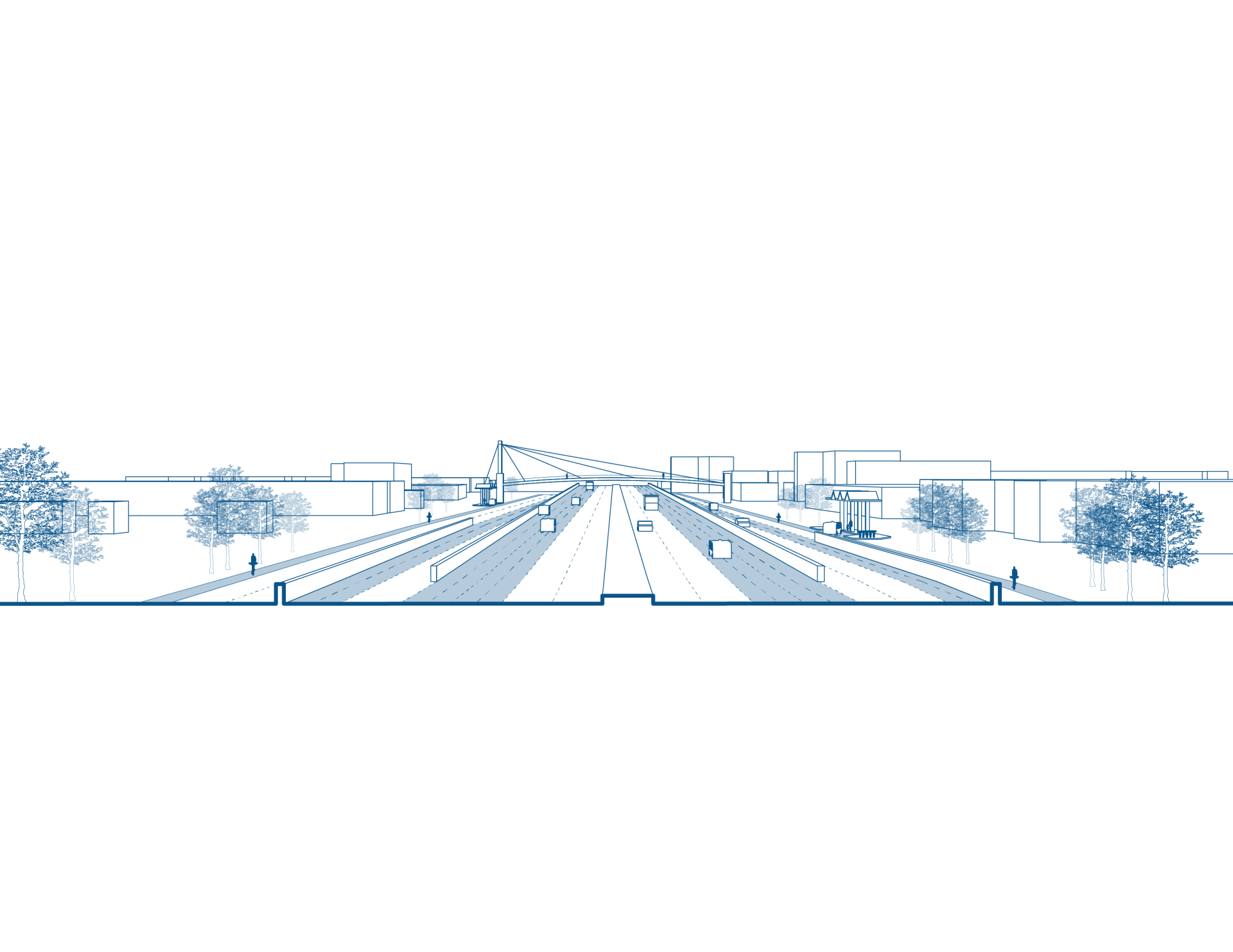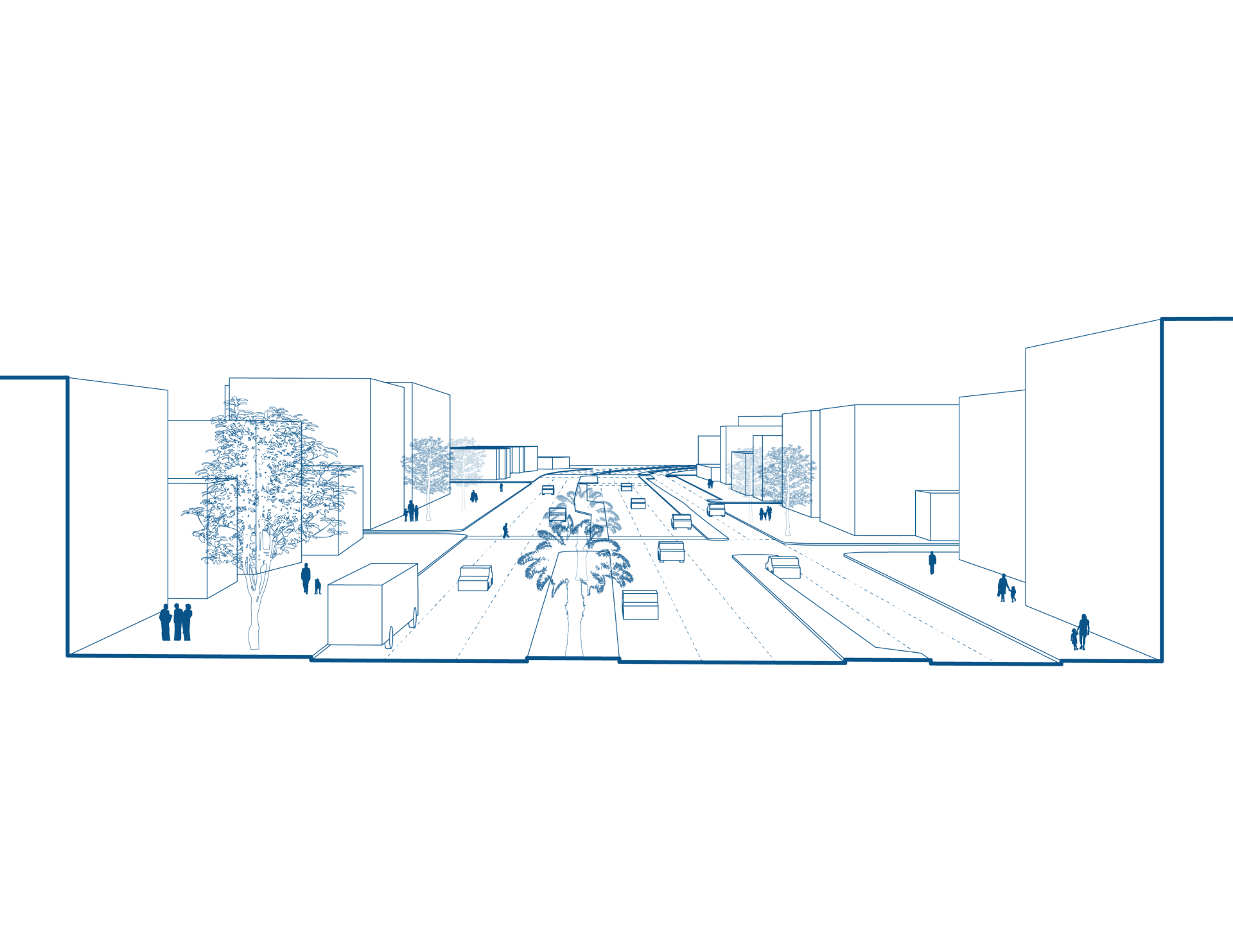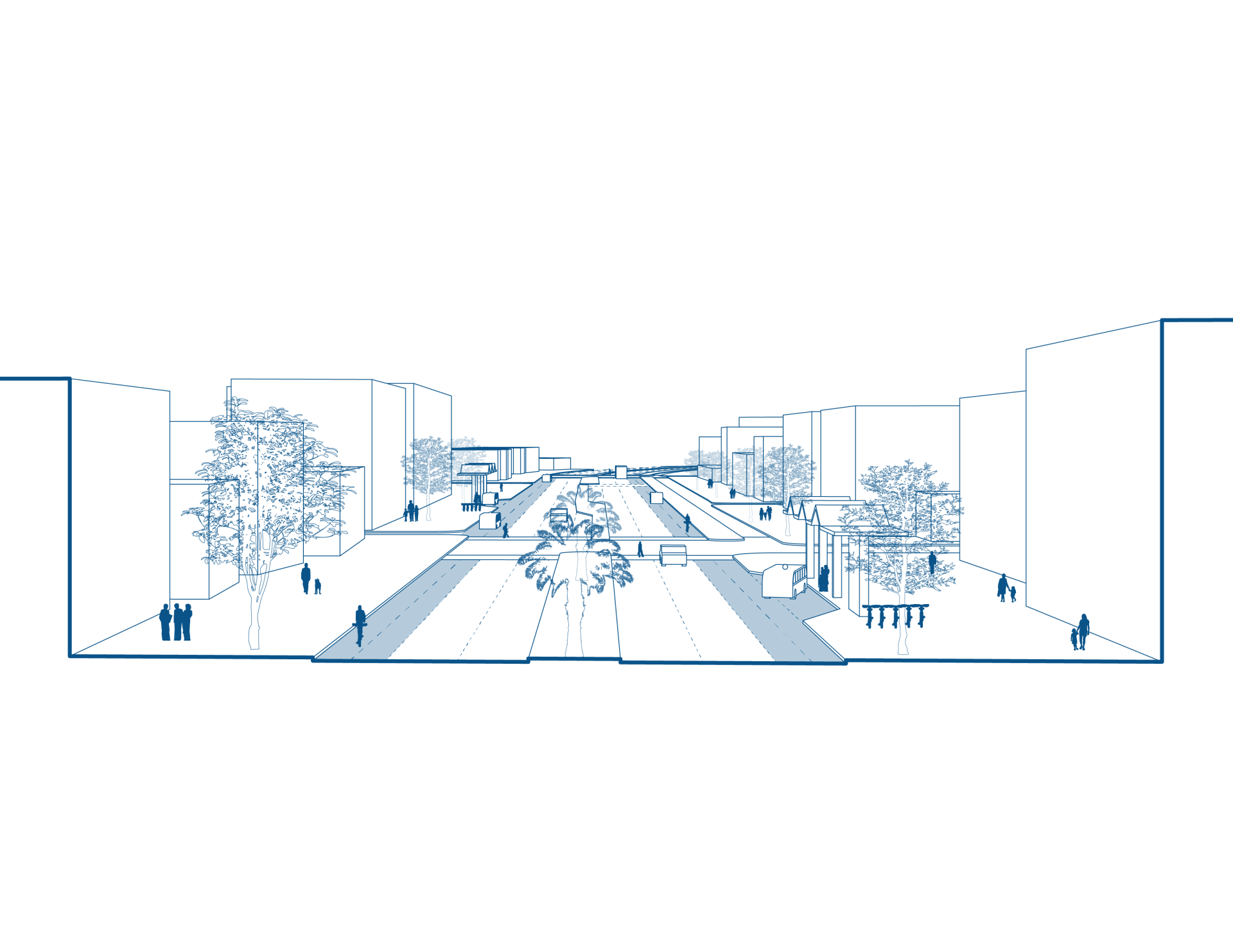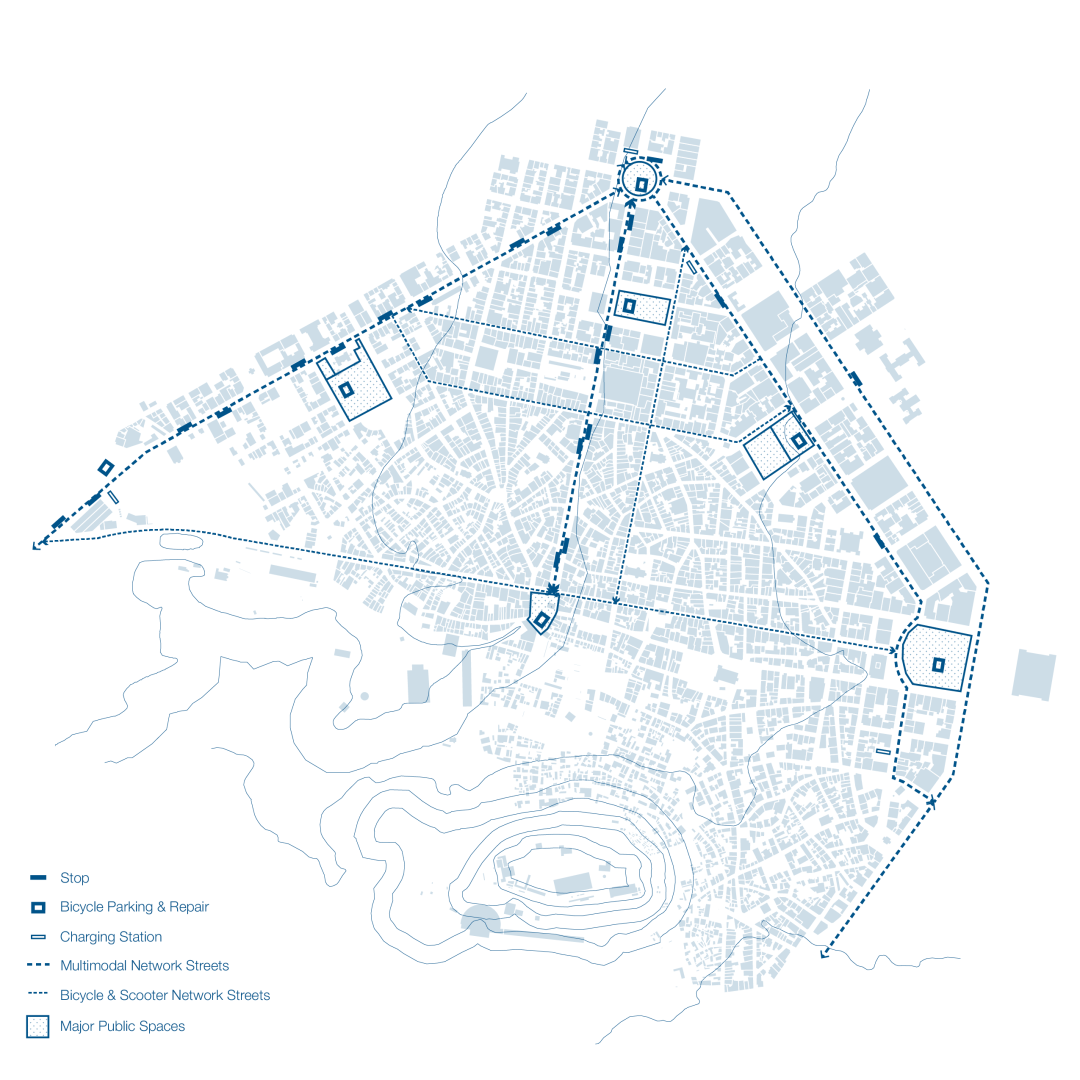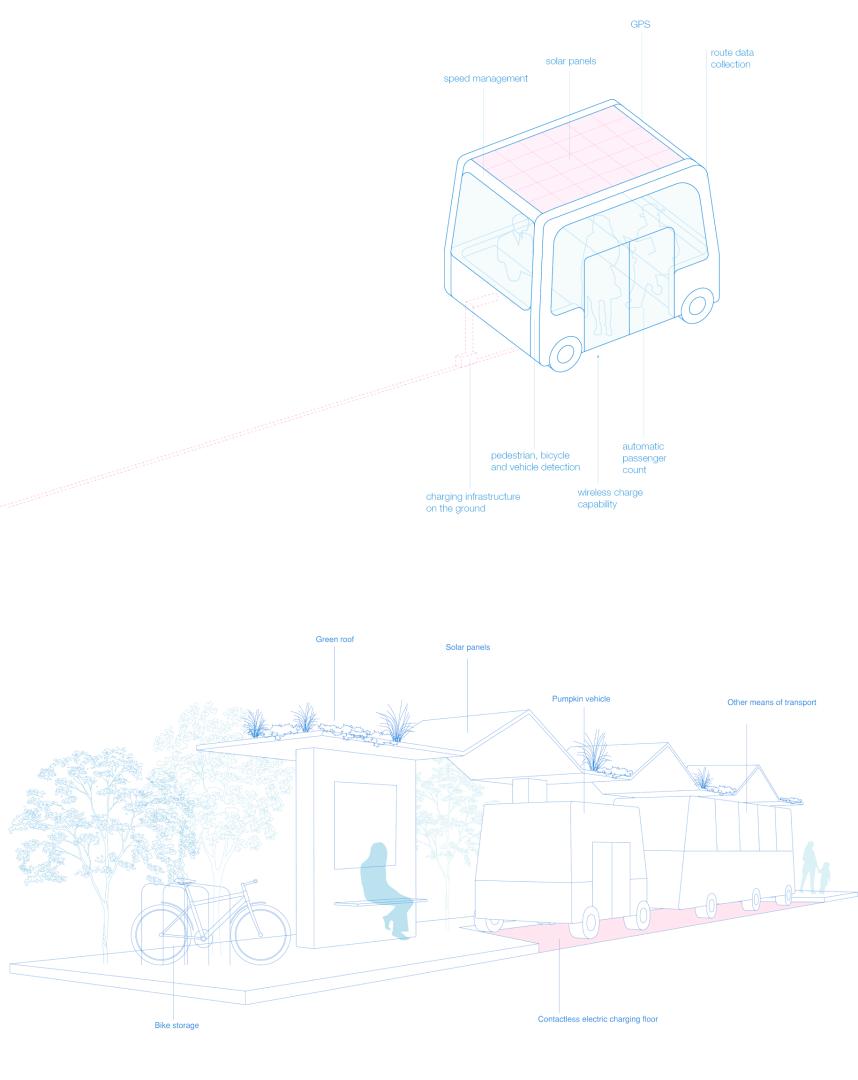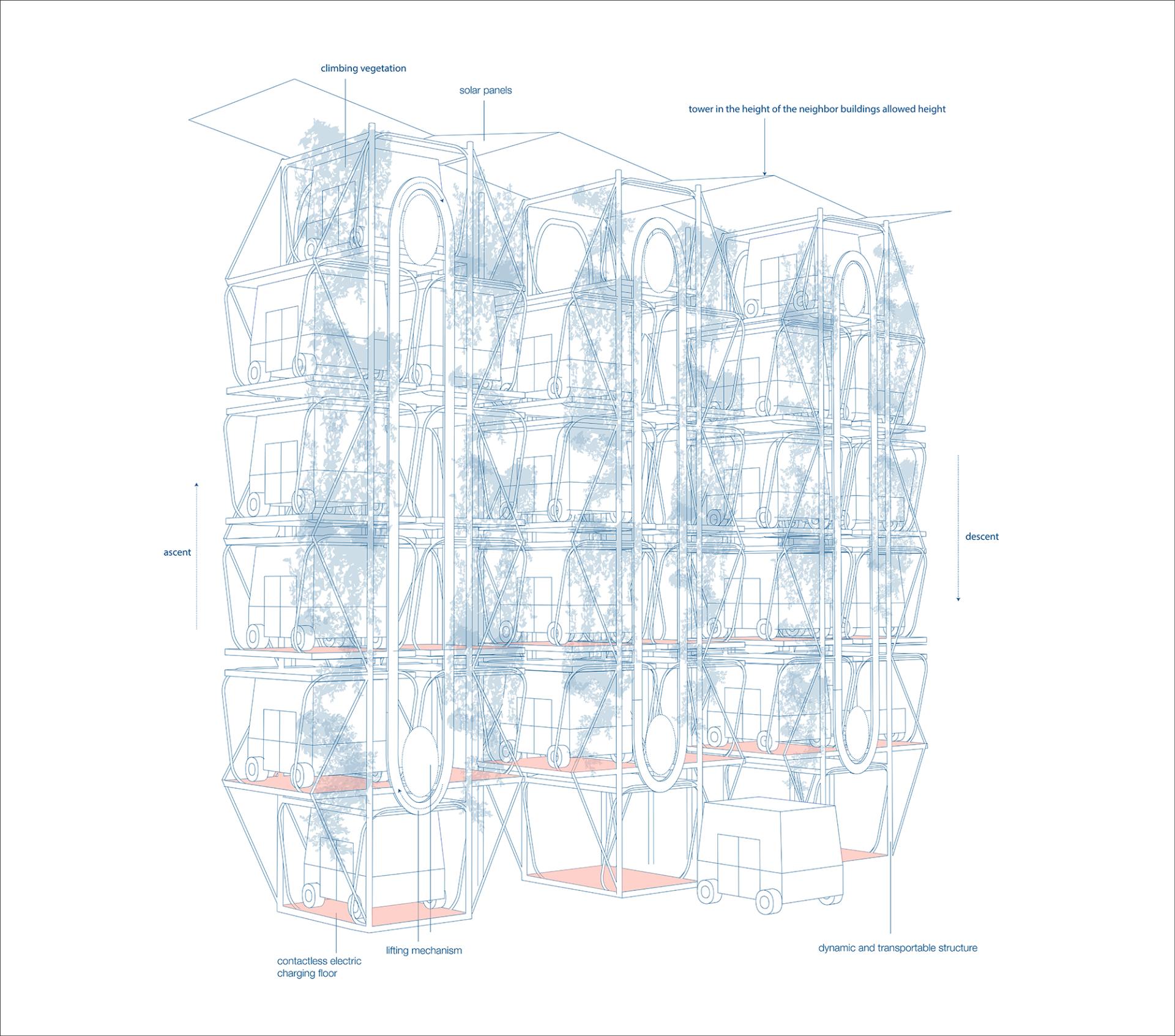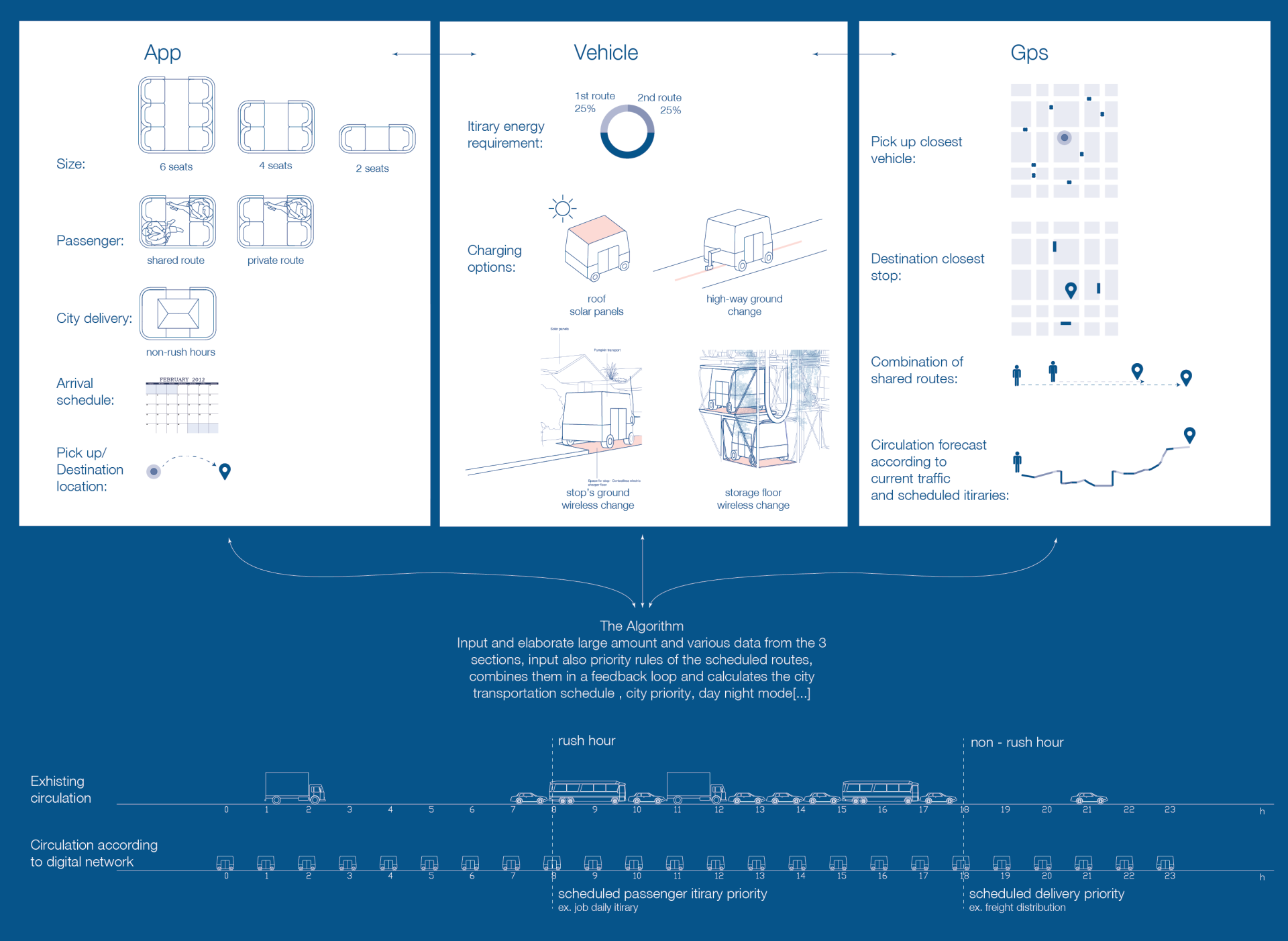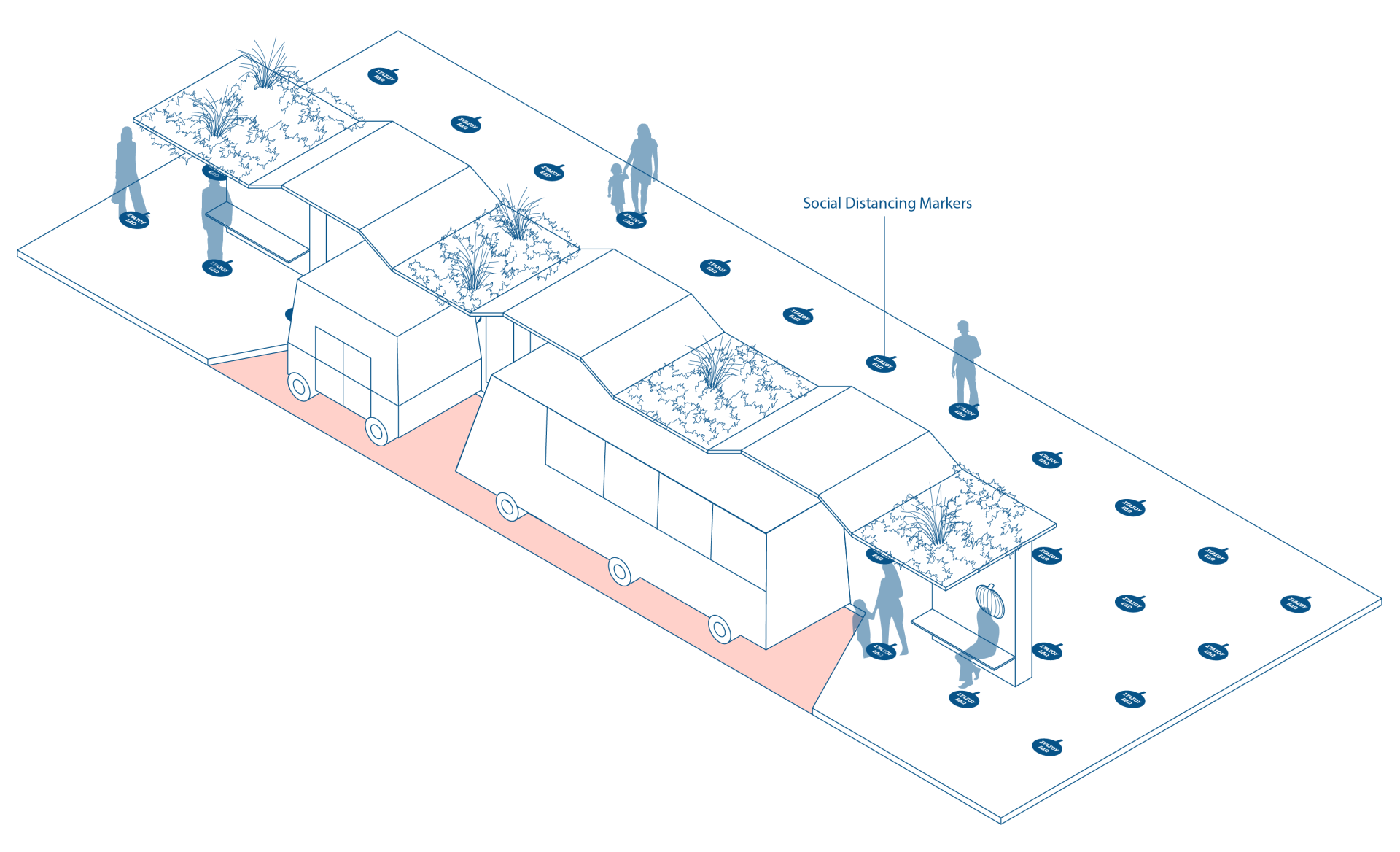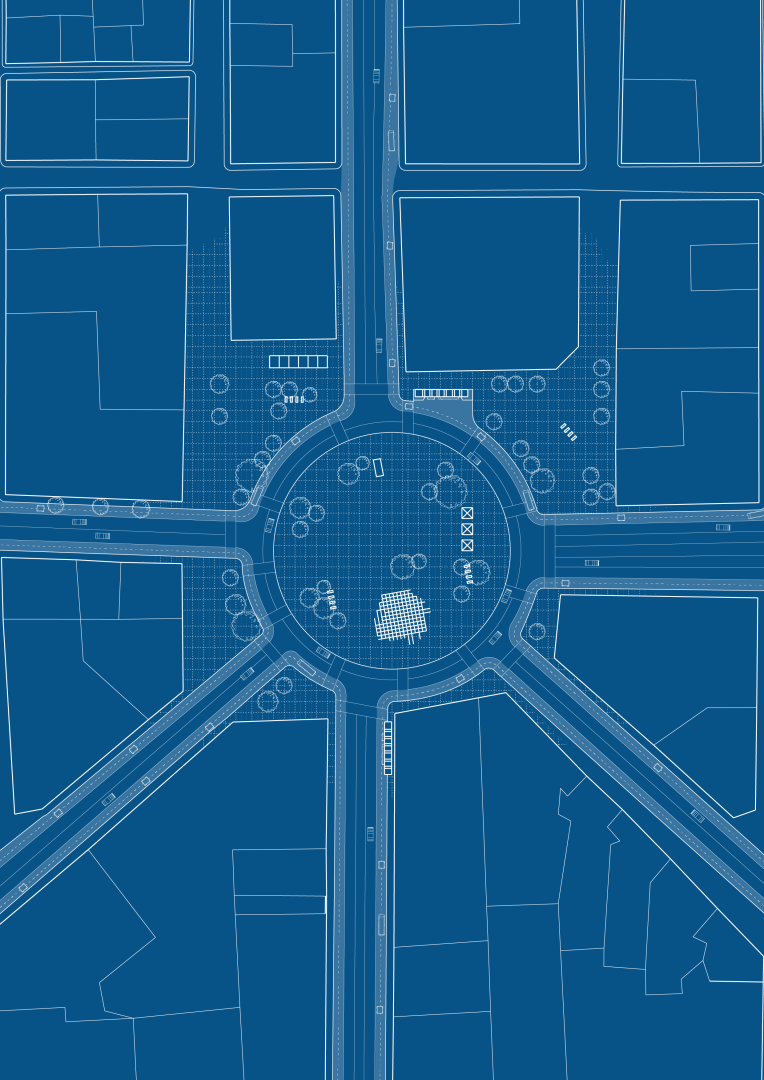THE PUMPKIN
Basic information
Project Title
Full project title
Category
Project Description
Pumpkin transport is a system of shared, electric and autonomous vehicles that will be able to adapt to future circumstances and enter different modes (quarantine, night, emergency, free transportation etc.) accordingly. The algorithm will also be informed by changes in various functions of the city such as housing, education, the supply chain, work, the medical system and the manufacturing sector.
Project Region
EU Programme or fund
Description of the project
Summary
The proposed system of shared, electric and autonomous vehicles, the Pumpkin transport, will be able to adapt to future circumstances and enter different modes (quarantine, night, emergency, free transportation etc.) accordingly. The algorithm will also be informed by changes in various functions of the city such as housing, education, the supply chain, work, the medical system and the manufacturing sector
Key objectives for sustainability
Cities are facing disruptions in urban transportation technology. The effects of vehicle sharing, electrification and automation are bound to transform mobility patterns, urban form and land use distribution in 21st century cities, just like private automobiles transformed 20th century cities. Many of these new technologies and patterns seek to address climate change and social disparities by creating private or public transportation that will be emission-free, autonomous, smart, efficient and will encourage compact forms of urban development. But what if we plan and design an organized effort to create a transportation network in one city embracing a shared, electric and autonomous future?
Key objectives for aesthetics and quality
The Pumpkin transport solution transcends the urban gesture or the design concept and demands the cognitive cooperation of a variety of fields in order to answer philosophically and spatially the question of transportation. Designing a new smart means of transport for Athens responds to a spatial but also functional and dynamic organization of the city employing transportation planners, surveyors, engineers, artists, builders, and craftspeople, as well as politicians, journalists, social scientists, and everyday citizens under an enhanced, extensive and courageous planning capacity. This new system will allow for a more flexible and connective urban and territorial tissue, a new horizon for living, working and playing together in the city.
Key objectives for inclusion
During the pandemic, the safest way to live together is to invest in public spaces. Simultaneously, we need a way to move between places that is sustainable and addresses the environmental effects of transportation (figure 1). A systematic organization of urban transportation can help societies function under any circumstances and allow people to live better together. It can also minimize congestion, better manage the unexpected and provide a narrative for other systems (housing, medical, education, waste management control etc).
Innovative character
We design a systematic adaptation to future crises though a system that can perceive its environment and take actions that evolve according to historical events and real time information through machine learning algorithms.

